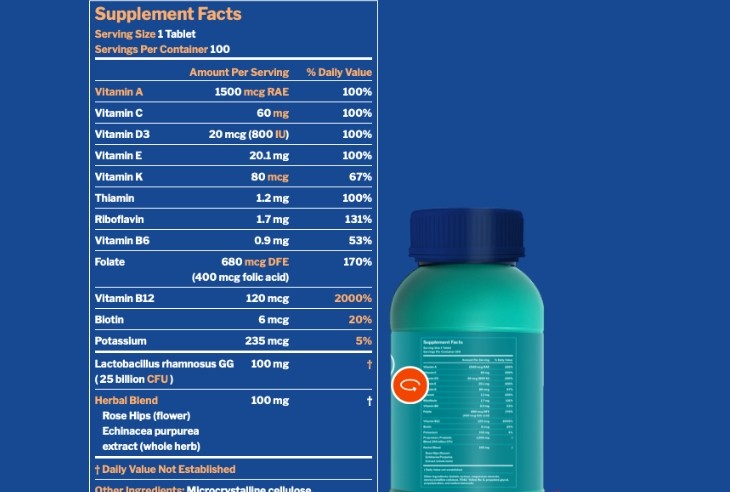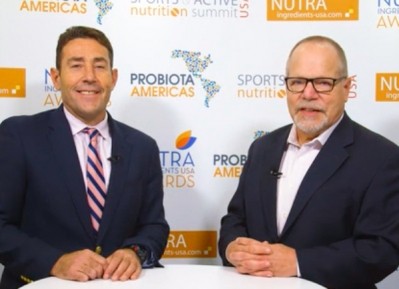CHPA debuts consumer resource for understanding supplement labels

CHPA recently hired supplement industry veteran Duffy MacKay, ND, as its senior vice president for dietary supplements. MacKay told NutraIngredients-USA that the label effort was already well under way when he came on board. His job now is to get the word out about the availability of the resource.
“We have a strategy to share it through online, search, through social media and through partnerships,” MacKay said.
Supplement vs nutrition facts
The Supplement Facts panel is a portion of the label that by law must appear on every product sold as a dietary supplement. It is distinct from the Nutrition Facts panel that appears on food products in that it contains references to daily value amounts for those substances, such as vitamins, where those values have been established by regulatory authorities.
It’s a way for consumers to judge the potential functional benefits of a product, and to compare those benefits product to product. But that only works if consumers understand what they’re looking at, which a number of them don’t.
CHPA’s online label representation is a clickable graphic that takes consumers through the intricacies of the panel. Users can click on hot links that will describe what is meant by CFUs, what the difference between an ‘mg’ and ‘mcg’ designation is and other sometimes opaque callouts on the panel.
The graphic is intended for consumers and it not meant to be used in lieu of a label review by qualified legal counsel, MacKay said. In addition to the aforementioned jargon relating to amounts and types of ingredients, there is an entire additional layer of regulatory complexity. That has to do with placement of words and the size and font used for various parts of the label, how thick the lines should be and other minutiae.
Future evolution of resource expected
MacKay said there is always a balancing act when planning these kinds of consumer-facing resources. How much information is too much, and where is the line between simplicity and having dumbed the offering down to the point where it is no longer useful?
For example, is it safe to assume that most consumers understand that a milligram is a thousand times bigger than a microgram? MacKay said he expects feedback from the market that will help inform future iterations of the resource.
“The consultants we worked with set the tone for where they believed consumers to be on their understanding of the labels. I’m anticipating that if this does get socialized fairly well that there will be some feedback,” he said.
Evolution of CHPA mission
The new label initiative is part of a revamping of CHPA’s mission, MacKay said. Previously, the organization’s name was most often seen within the supplement industry as a co-signer on notes from the Council for Responsible Nutrition to courts, regulators and lawmakers. Now, though, MacKay said the mission is evolving to one that can represent the full spectrum of self care options.








